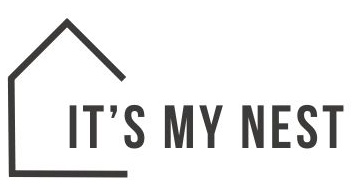Explore the fascinating distinctions between beadboard and wainscoting. Both are popular choices for adding character to walls, but they differ in style, material, and application.
Beadboard features narrow planks with beaded details, often used in casual settings, while wainscoting includes a range of paneling styles suitable for more formal interiors. Discover the unique attributes of each.
1. Material Composition

Beadboard is predominantly crafted from wood or medium-density fiberboard (MDF). Its organic feel adds a rustic charm to casual spaces. Wainscoting, however, is more versatile.
You’ll find it fashioned from wood, vinyl, and even ceramic tiles, offering a broader range of styles. Each material choice adds a distinct character to different interior settings.
2. Design Elements
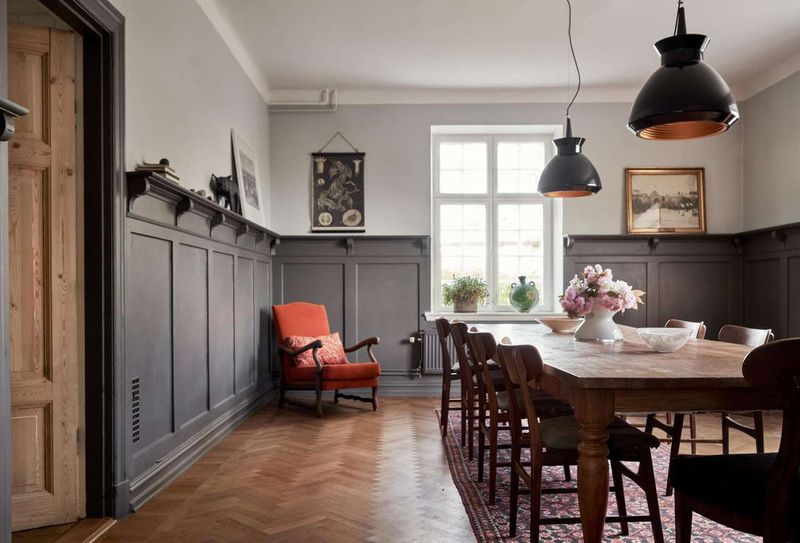
Beadboard exudes a rustic and casual vibe with its simple, repetitive pattern. It brings a touch of countryside elegance to any room.
Wainscoting, on the other hand, offers a spectrum of design styles, from traditional raised panels to modern, sleek flat panels. This flexibility allows for more intricate detailing, aligning with various aesthetic preferences.
3. Height and Coverage
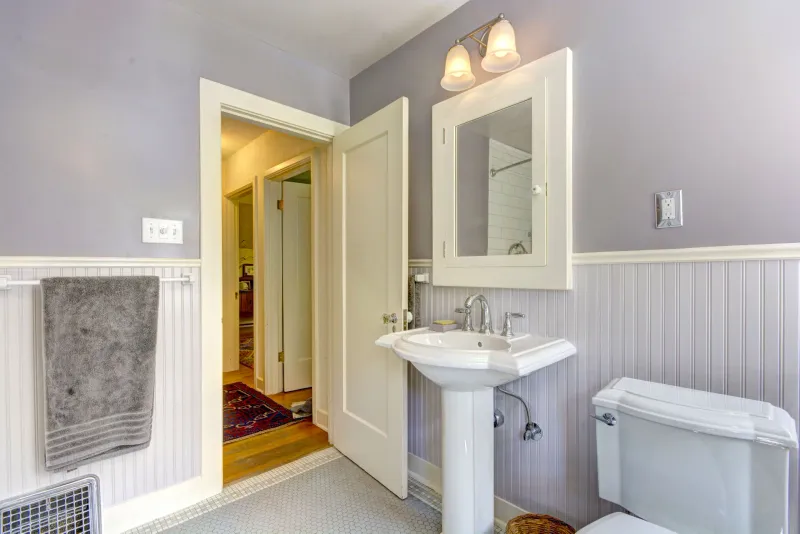
Typically, beadboard covers walls only up to waist height, creating an understated charm. In contrast, wainscoting spans larger areas and can extend halfway or two-thirds up a wall.
This difference in coverage dramatically affects the visual dynamics of a room, with wainscoting offering more dramatic, eye-catching appeal.
4. Installation Techniques
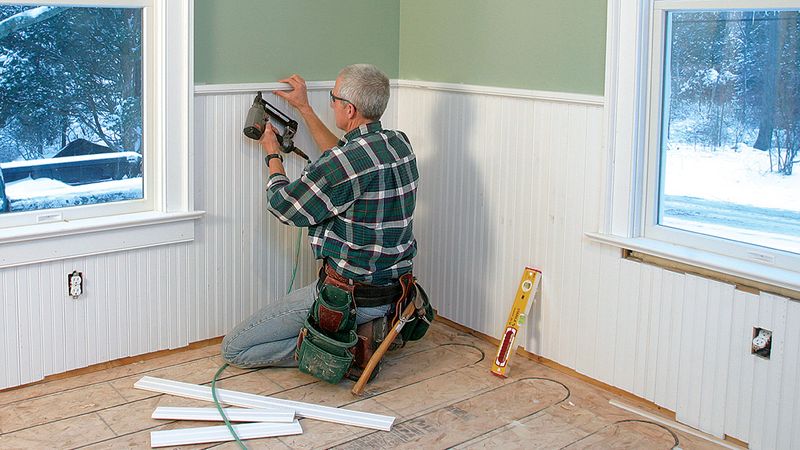
Installing beadboard is straightforward, often involving sheets or individual planks that fit together easily. It’s a DIY-friendly option.
Wainscoting installation can be more complex, involving framed panels or raised designs that require skilled carpentry. This complexity lends itself to a sophisticated finish but demands more time and expertise.
5. Historical Context

Beadboard is synonymous with coastal and cottage-style homes, evoking a breezy, laid-back feel. Its use in seaside cottages dates back centuries.
Wainscoting carries a more formal history, often gracing the walls of Victorian or colonial homes, where it added elegance and insulation. This historical context enriches each style’s narrative.
6. Aesthetic Appeal
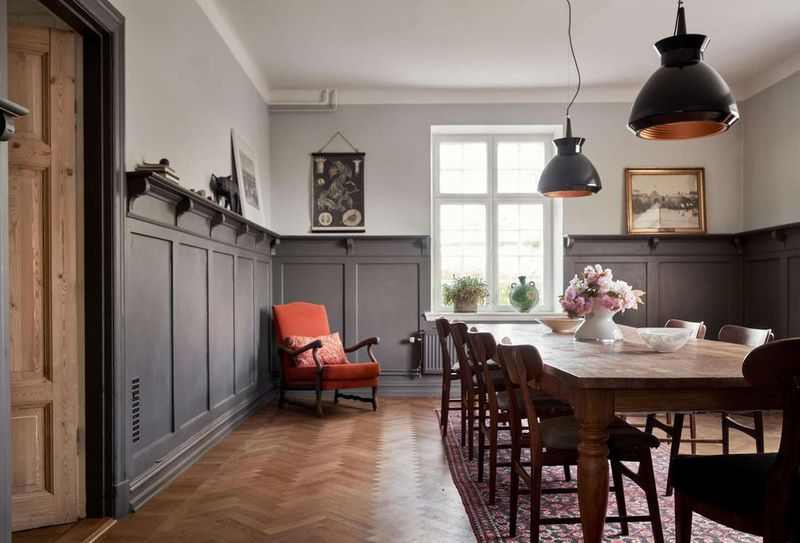
Charming and quaint, beadboard imparts a cottage-style allure that’s both warm and inviting. Its simplicity is its strength.
Wainscoting, however, commands attention with its sophisticated and traditional appeal. Its intricate designs lend a sense of refinement and elegance, making it a standout feature in stately interiors.
7. Application Locations
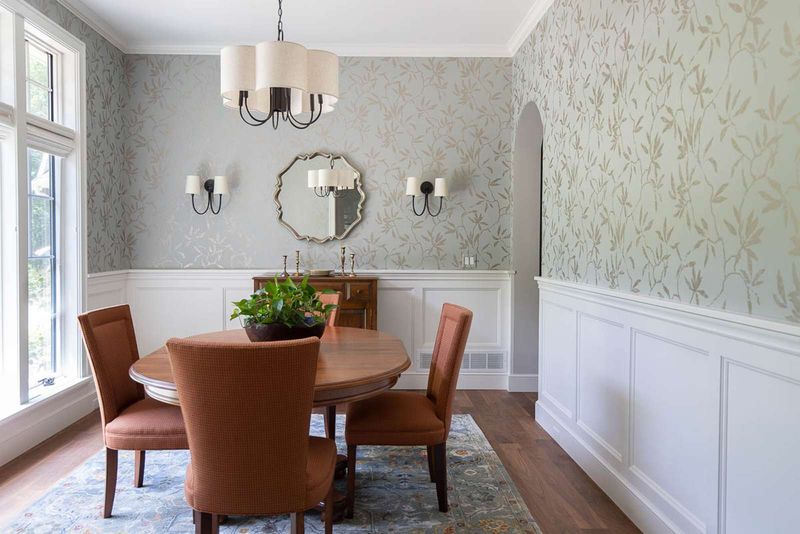
Beadboard is a versatile choice for informal settings, often seen in kitchens and bathrooms where its moisture-resistant properties shine.
Wainscoting, however, finds its home in more formal spaces like dining rooms, hallways, and entryways. Each style seamlessly complements its environment, enhancing the room’s overall ambiance.
8. Cost Comparison
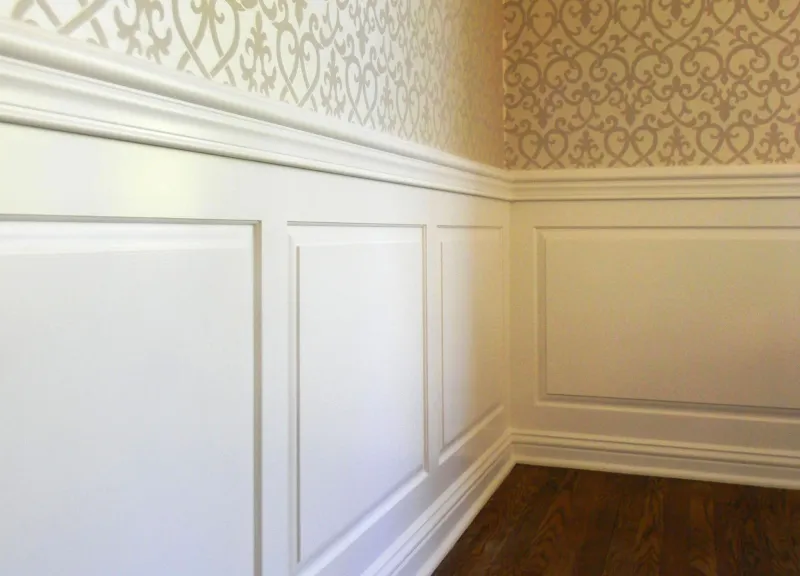
When it comes to cost, beadboard generally offers a more budget-friendly option. Its simpler design and materials make it accessible for wider audiences. Wainscoting, with its detailed craftsmanship and higher-end materials, often comes at a premium, reflecting its luxurious appeal. The cost difference can influence design choices significantly.
9. Ease of Maintenance

Beadboard’s straightforward design translates to easier maintenance, requiring little more than occasional cleaning. Its surface is forgiving, hiding minor scratches.
Wainscoting, especially when crafted from wood, may need more diligent care to preserve its quality. Regular upkeep can include polishing or repainting to maintain its pristine condition.
10. Versatility in Design Styles
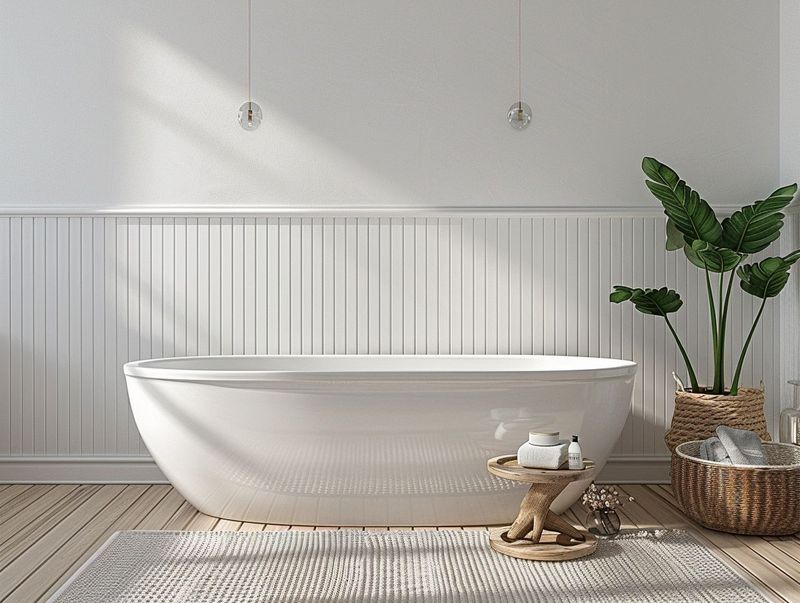
Beadboard is effortlessly versatile, fitting well in rustic, coastal, or cottage-style spaces. Its simple charm adapts to various casual settings.
Wainscoting, with its refined lines and customizable options, excels in both traditional and modern environments. Its adaptability to diverse design styles makes it a favorite among interior designers.
11. Style Range
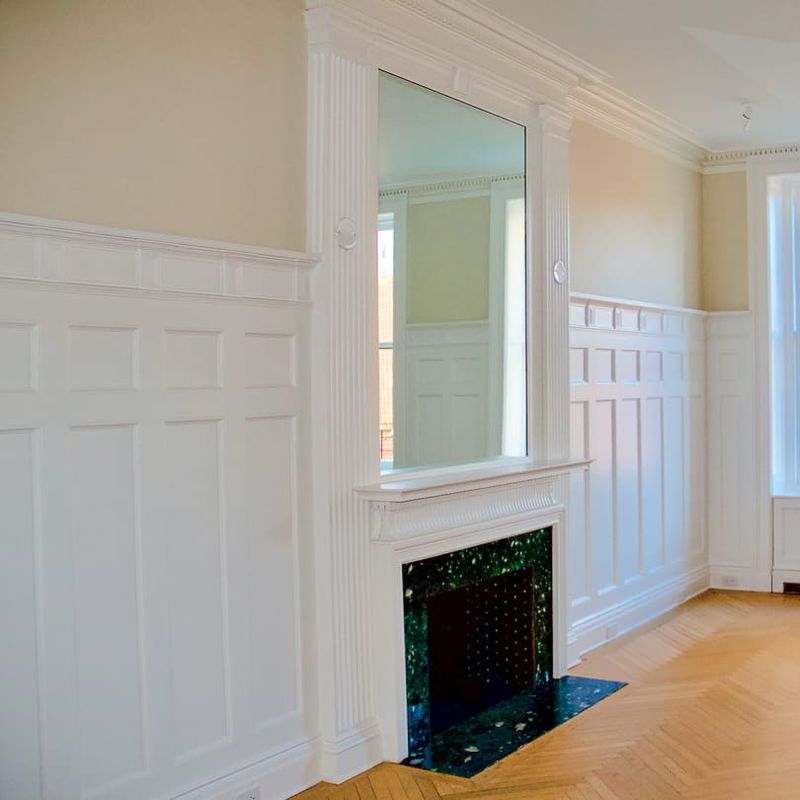
Wainscoting offers a diverse range of styles, such as raised panels, flat panels, and even beadboard panels, providing extensive customization options.
This variety allows homeowners to tailor the look to their preferences. Beadboard, while charmingly consistent, doesn’t offer the same range of stylistic choices, making wainscoting the go-to for bespoke interiors.
12. Durability
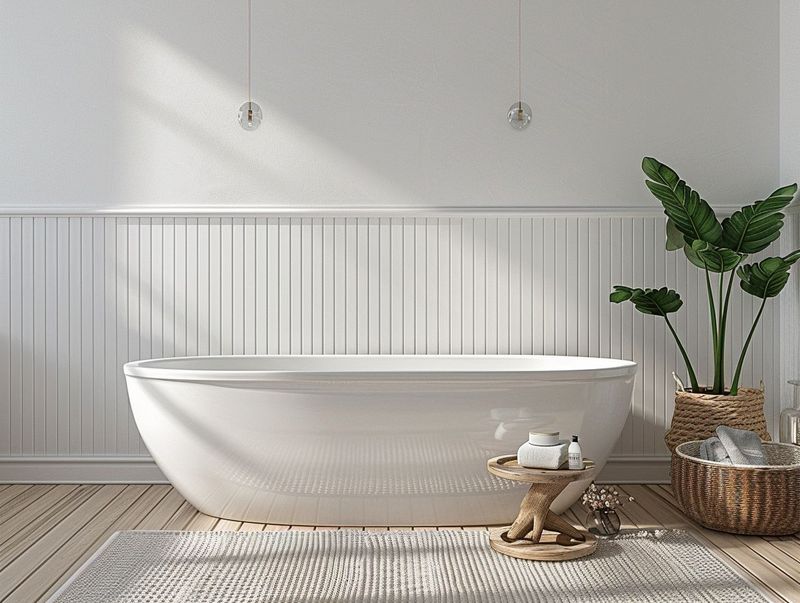
Beadboard is often more resilient in moisture-prone areas like bathrooms or coastal settings due to its construction materials. It’s designed to withstand humidity.
Wainscoting, while elegant, might require additional care in such environments to prevent warping or damage. Selecting the right material for the setting ensures longevity and beauty.
13. Design Flexibility

Wainscoting stands out for its design flexibility. Homeowners can choose from a palette of colors, textures, and finishes, tailoring it to their vision.
Beadboard, often painted white or left natural, offers less variation but its simplicity is timeless. This flexibility in wainscoting allows it to complement both contemporary and classic decors.
14. Installation Time
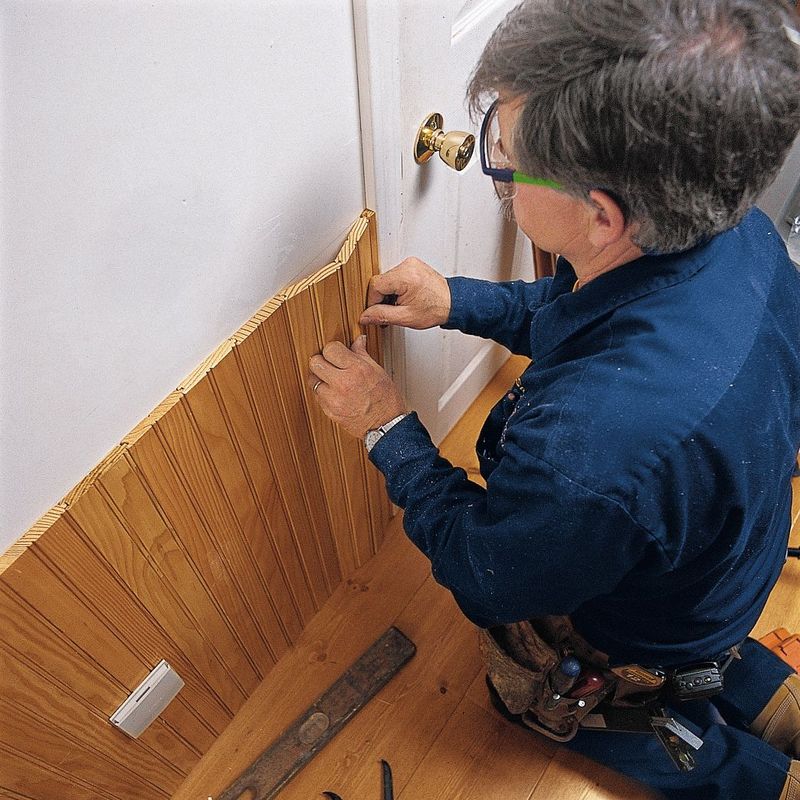
Installing beadboard is quicker and more straightforward, making it a favored choice for quick renovations. In contrast, wainscoting requires meticulous planning and execution.
Its complex designs and high-end materials demand more time and precision. This difference in installation time can impact project timelines significantly, depending on desired outcomes.
15. Maintenance Cost
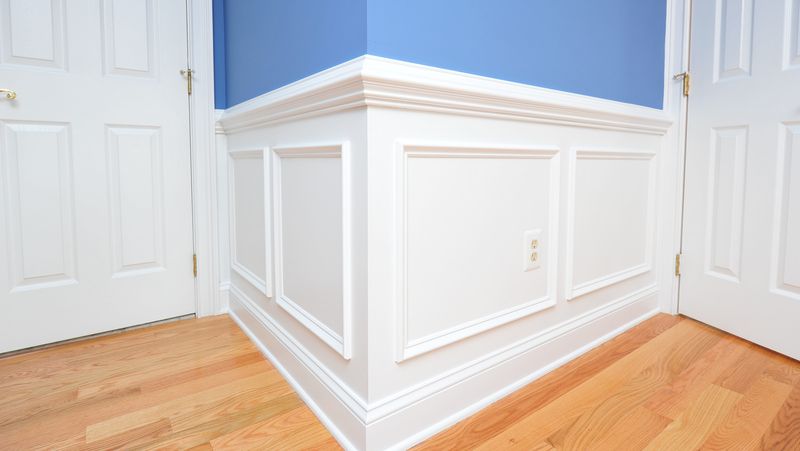
Beadboard, with its simple structure, typically incurs lower maintenance costs over time. Its straightforward design means fewer repairs and touch-ups.
Wainscoting, in contrast, may involve higher maintenance expenses due to its intricate craftsmanship and material vulnerability. Regular upkeep ensures its lasting elegance but requires a slightly bigger budget.
16. Cultural and Regional Preferences
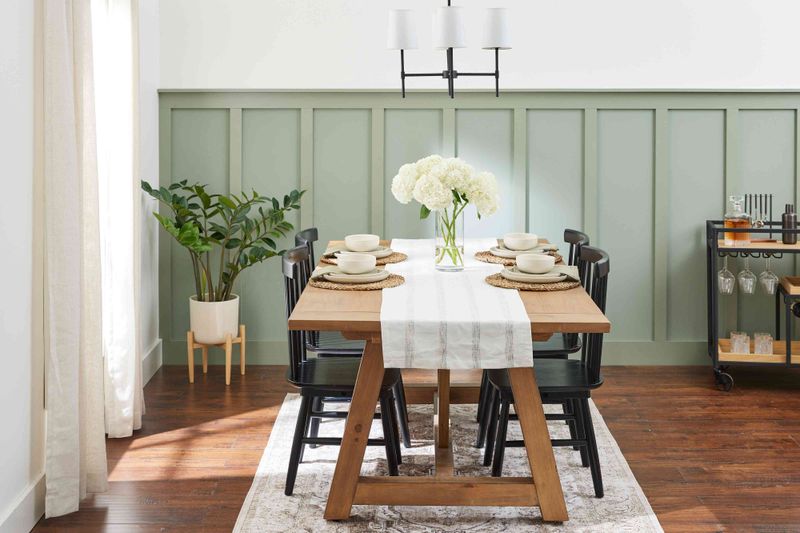
Beadboard often finds favor in coastal or farmhouse-style homes, where its casual charm aligns with regional aesthetics. It’s a beloved choice in areas that embrace rustic simplicity.
Conversely, wainscoting is a staple in stately, traditional interiors, reflecting cultural preferences for elegance and formality. These regional tastes influence design decisions.
